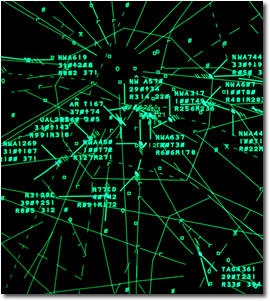Subscriber question:
"When flying VFR and receiving flight following, it seems like I have to tell ATC what my destination is. Isn't there a way to get the route into the ATC system, so that it's available to the next controller?" — Mike S.
John:

“First, you have to realize that the ATC system exists primarily to move and separate IFR traffic. VFR traffic is a secondary function.
When you request VFR flight following outside the local approach control area, the controller will normally enter a mini-flight plan in the system. The only information that a mini plan contains is for handoff purposes. However, in busy and complex areas such as the Northeast, the mini-flight plan may not process through to the same sectors or facilities that an IFR flight plan would. This is because the routing is not the same as the IFR route. The data will go to the sector that normally gets the IFR data. Sometimes that’s why you don’t get a VFR handoff.
ATC does generally expect a VFR pilot to proceed direct to the destination rather than via airways, especially today where virtually everyone has GPS. If you will be navigating other than a direct course, advise ATC. For example, a student pilot on a solo cross country will be navigating by pilotage, using landmarks, lakes, bridges, etc. Just let the controller know your intentions, but briefly. No need to tie up the frequency with every checkpoint.
A VFR handoff is always subject to workload and equipment limitations.”
Do you find the benefits of VFR Flight Following (traffic callouts, someone listening, etc.) outweigh the trouble (contacting ATC, listening for your callsign, telling the next controller where you're going, etc.)?

